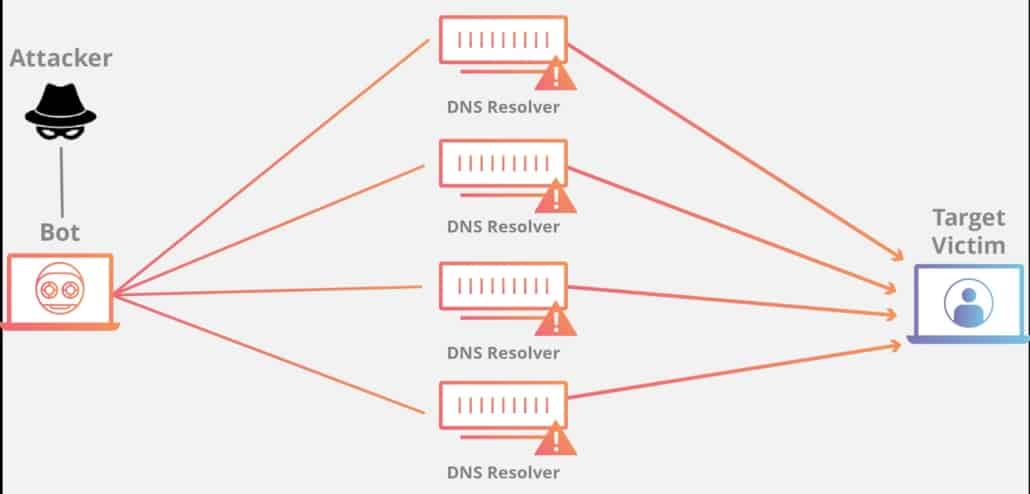5 Dependable Means to Avoid DDOS Attacks: Keep You and Your Website Safe

According to 2019 statistics, the frequency of DDoS— distributed denial-of-service has increased by over 2.5 times in the last few years. Globally, the attacks have grown tremendously from 25 percent in 2015 and are projected to reach at least 17 million by 2020. With these five proven ways to prevent DDOS, you can keep your website safe.
Buy More Bandwidth
Bandwidth is the amount of transferable data from one point to another in a specific time within the same network. One of the most basic ways to help prevent DDoS attacks is by having more than enough bandwidth to handle an increase in traffic.
Over the years, more website owners have come to discover that purchasing more bandwidth, as opposed to having more has proved to be a successful way to overcome DDoS launch attacks. For personal use, avoiding bandwidth throttling with a VPN would be an option as well. This ProtonVPN review is a good start.
Deploy Software Modules and anti-DDoS Hardware

Another essential way to protect your website from a DDoS attack is by deploying software modules and anti-DDoS hardware. Ensure that your servers are protected by specialized network and web application firewalls. The good news is that most hardware vendors include software protection like SYN flood attacks, which is effective against DDoS attacks.
With such hardware, you can monitor different incomplete connections and flush them out when they reach a configurable threshold value. For software modules, you can add some to your web server software. For instance, Apache 2.2.15 comes with a module that helps protect your website against application-layer attacks.
Configure your Website Hardware
By performing different configuration changes to your website, you help in preventing a DDoS attack. For instance, you can configure your Asus router or firewall by dropping incoming ICMP packets. This strategy will help you avert ping-based and specific DNS volumetric attacks.
Deploy a Protection Appliance

Almost every security vendor offers clients appliances they can use to help protect their websites from DDoS attacks before they occur. These protection appliances create a network firewall that blocks the attacks before they can even happen.
Some techniques these appliances use include carrying out a behavioral baseline on the site’s traffic and proceeding to block abnormal traffic. However, for this to happen, the blocking traffic should come from known attack signatures.
The primary weakness of this prevention method is that the protection appliances themselves have a limited amount of traffic they can handle. High-end machines can only inspect incoming traffic at a rate of 80 Gbps. This is, however, not enough, as DDoS attacks are sometimes higher than the appliance rate.
Build Redundancy
To make it hard for anyone to launch a successful DDoS attack, you can spread your servers across multiple data centers. This is where you should contact your hosting provider and ask for options. If you are an avid Internet user, having a review on VPN unlimited logging-free service comes in handy. This wayou can distribute your persnal data through various countries without risking identifying these areas.
Remember, DDoS attacks can sometimes run up to $6 million in total information loss costs. By protecting your site from such attacks, you also get to safeguard your finances.
Img urls:
- https://images.idgesg.net/images/article/2019/09/cso_nw_ddos_attacks_by_stevanovicigor_aka_igor_stevanovic_gettyimages-948533056_2400x1600-100811283-large.jpg
- https://www.avfirewalls.com/images/FortiDDoS/FortiDDoS-200b.png
- https://cloudflare.com/img/learning/ddos/what-is-a-ddos-attack/ntp-amplification-botnet-ddos-attack.png




Leave a Reply
Want to join the discussion?Feel free to contribute!